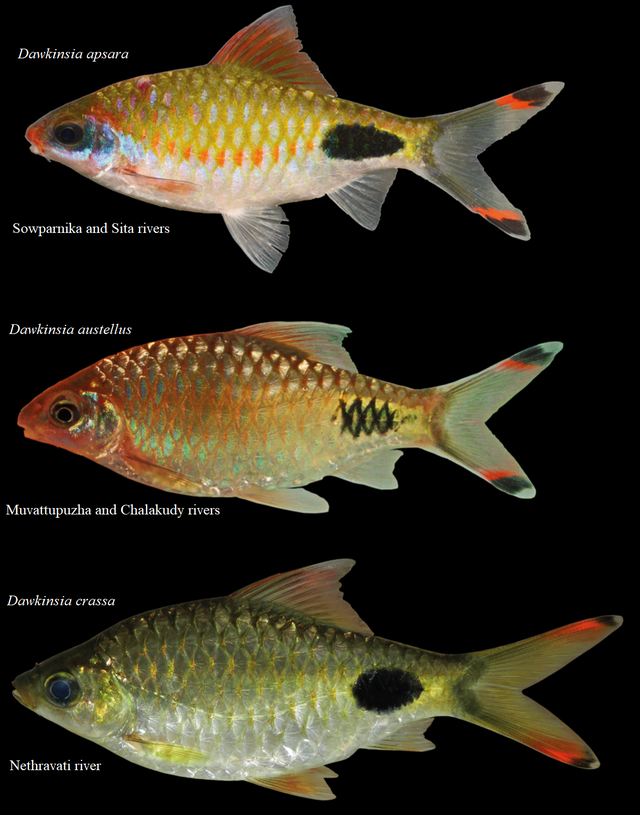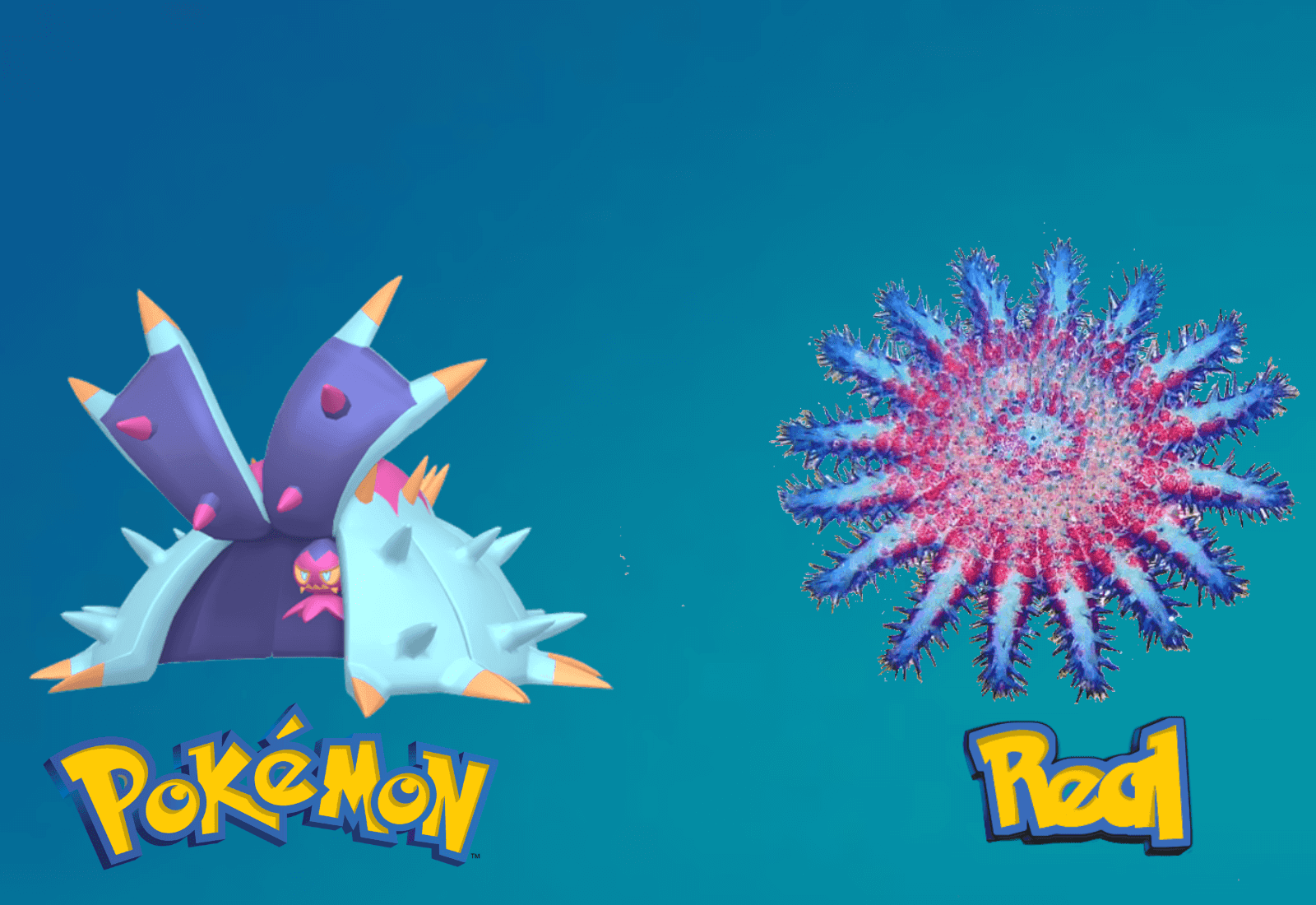10 New and Wonderful species discovered in 2020
Approximately thousands of new species are estimated to be discovered each year. After learning this, you might be curious about how many species were unveiled in the notorious year of 2020.
Researchers at London's Natural History Museum identified 503 new species last year. Among these were an endangered Langur, a snake named after a character from Harry Potter, a spider reminiscent of DC's Joker, and numerous other newly discovered species in 2020.
Here they are-
Popa langur is an endangered species of primate discovered recently in the forests of central Myanmar.It is estimated that individual between 200-260 are left in the wild.
Researchers named the Popa langur after the sacred extinct volcano Mt.Popa. Popa langurs can be identified by thier crest of fur,white rings around its eyes and cute face.
2. Salazar's Pit Viper (Trimeresurus salazar)
The Salazar's Pit Viper, named after Salazar Slytherin, a parselmouth wizard from the Harry Potter series, is a venomous and nocturnal species of green pit viper. It was initially found in the lowlands of western Arunachal Pradesh, India, in 2019 (around 2020).
Male Salazar Vipers are characterized by a distinctive reddish-orange stripe that extends from the lower edge of the eye to their entire body.
3. Jonan's Mouse lemur (Microcebus jonahi)
 |
Jonan mouse lemur are one of the tiniest primates in the world with total length of less than 11 inches (from head to tail) and weight of only 60 grams.
It was named in honour of Malagasy primatologist Professor Jonah's Ratsimbazafy and inhibits,the tropical forests in a small region of northeastern Madagascar..
4. Loureedia Pheonixi
 |
Loureedia Phoenixi is a velvet spider species discovered in Iran in 2020. Its striking red and white coloration, reminiscent of the infamous Joker's grin, inspired its name, paying tribute to Joaquin Phoenix, the actor who portrayed the protagonist in the 2019 film 'Joker'.
Limited information is available about this spider.
Tiganophyton Karasense is a recently identified shrub known for its distinctive scaly leaves. It thrives in salt pans, flat terrains covered with salt and various minerals, which led to its name 'Tiganophyton', derived from the Latin words 'Tigani' (frying pan) and 'phyton' (plant).
This unique plant is native to a limited area within the arid Karas region in Namibia. The region experiences scorching temperatures as high as 36°C, coupled with a meager annual rainfall of only 4-6 inches.
5. The Lilliputian and Devil-eyed frog
• Lilliputian frog
 |
The Lilliputian frog is a species of frog found in the pristine Andes of Bolivia which measures only about 10 millimetres in length making it one of the tiniest species of frog.
"Due to thier tiny size and habitat of living in tunnels beneath the thick layer of moss in the cloud forest,they were different bto find even by tracking Thier frequent calls," the environmental group said.
Unlike lilliputian frog, the devil eyed frog was not a newly discovered species rather it is a rediscovered frog species found in the expedition.
The “devil-eyed frog, which was previously known only from a single individual observed more than 20 years ago, was found to be relatively abundant in the cloud forest,” the group said. Previous expeditions attempting to find this black frog with red eyes concluded empty-handed.
7. Kaikaia Gaga
 |
Brendan Morris, a PhD entomology student, named a new species of treehopper Kaikaia Gaga after the queen of pop Lady Gaga because the horned insect resembled Lady Gaga's wacky sense of style, according to him.
"If there is going to be a Lady Gaga bug, it's going to be a treehopper, because they've got these crazy horns, they have this wacky fashion sense about them," Morris said in a university news release. "They're unlike anything you've ever seen before."
"They are morphological wonders, sporting bizarre protuberances that look like horns, gnarled branches, antlers, fruiting fungi, brightly colored flags, or dead plant leaves. Treehoppers suck on plant juices. They sing to each other by vibrating plant stems," Morris said.
Morris has said everything; now I have nothing else to say.
8. Spider sundew (Drosera arachnaides)
 |
Drosera arachnaides also known as Spider sun is a newly identifiepd species found only in Madagascar. This carnivorous plant uses its sticky leaves to trap and guzzle insects.
Garden ethnobotanist (a person who studies region's plants and their practical uses through the traditional knowledge of a local culture and people) Nino H.Rakotoarivelo first noticed the plant while doing field work in forest.A decade later Rakotoarivelo and other Garden researchers returned to the site to study about the spider sundew and to gather specimen to report it as a new species.
9. Oculudentavis Khaungraae
 |
Oculudentavis, an extinct lizard genus once thought to be a bird-like dinosaur, comprises two species, O. khaungraae and O. naga. These species are known from partial fossils in Burmese amber, suggesting a size akin to a bee hummingbird. The fossils, from 99-million-year-old deposits in Myanmar, have sparked controversy and ethical concerns. The genus name stems from Latin words meaning "eye", "teeth", and "bird".
O. khaungraae's holotype is housed in the Hupoge Amber Museum, cataloged as HPG-15-3. In 2021, a second specimen attributed to O. naga was discovered in the same mine and named after the local Naga people.
10. Ajnabia odysseus
 |
Ajnabia (meaning "stranger" or "foreigner") is a genus of Lambeosaurine hadrosaur found in Morocco, which lived during the late Cretaceous period.
It was the first hadrosaur specimen ever found in Africa which was a big surprise for paleontologists because during the Cretaceous period, Africa was a seperate land as it was surrounded by water from all the sides, which made dinosaurs unable to migrate to Africa and majority of hadrosaurs (duck-billed dinosaurs) were endemic to the northern supercontinent of Laurasia.
Extra
Scientists from BNHS,KUFOS and IISER jointly discovered three new beautiful species of filament barb of the genus "Dawkinsia", from the northern part of western ghats.
1. Apsara Barb (Dawkinsia apsara)
Researchers located this barb in the Sita and Sowparnika rivers and bestowed upon it the name "Apsara," inspired by the celestial maidens in Hindu and Buddhist culture.
2. Austellus Barb (Dawkinsia austellus)
The second species was unearthed in the Muvattupuzha river in Kerala. The moniker "Austellus Barb" was derived from the Latin word "Austellus," signifying 'south,' in homage to its discovery in Southern Kerala.
3. Rounded Filament Barb (Dawkinsia crassa)
The last species was encountered in the Netravati river of Coastal Karnataka. Its title, "Rounded Filament Barb," was inspired by the Latin word "Crassa," denoting 'round' or 'thick,' due to its distinctive body shape.







.webp)


Good job my guy.
ReplyDelete